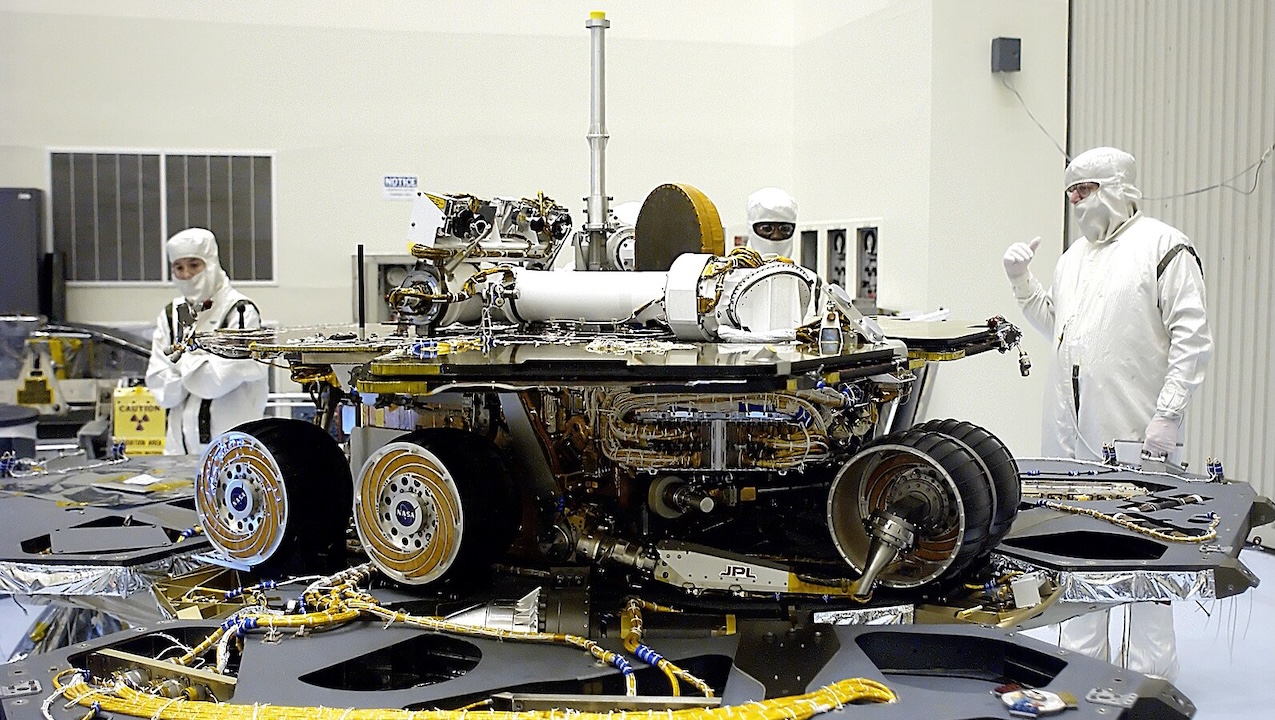This request seems a bit unusual, so we need to confirm that you’re human. Please press and hold the button until it turns completely green. Thank you for your cooperation!
Category: 7. Science
-
Just a moment…
Just a moment… -

New Models Show How Solar ‘Tornadoes’ Could Wreak Havoc on Earth : ScienceAlert
Weather forecasting is a powerful tool. During hurricane season, for instance, meteorologists create computer simulations to forecast how these destructive storms form and where they might travel, which helps prevent damage to coastal…
Continue Reading
-

Metamaterials Can Stifle Vibrations With Intentional Complexity
Researchers have forged a new path to vibration isolation that could help absorb shocks in a variety of applications, including vehicles, buildings and more
This 3-D printed “kagome tube” can passively isolate vibrations using its… Continue Reading
-

WEF Launches Space Policy Toolkit
The World Economic Forum (WEF) created a space-policy guide intended to help both emerging nations looking to debate space policy for the first time, and established players evaluating whether their regulations are still the best fit.
The…
Continue Reading
-
Just a moment…
Just a moment… This request seems a bit unusual, so we need to confirm that you’re human. Please press and hold the button until it turns completely green. Thank you for your cooperation!
Continue Reading
-
Just a moment…
Just a moment… This request seems a bit unusual, so we need to confirm that you’re human. Please press and hold the button until it turns completely green. Thank you for your cooperation!
Continue Reading
-

Space ‘ORC’: Astronomers spot the most powerful ‘odd radio circle’ ever seen
With help from citizen scientists, astronomers have spotted the most powerful “odd radio circle” (ORC) yet. The discovery could give astronomers a better understanding of how these unusual objects — and the galaxies they encircle —…
Continue Reading
-
Just a moment…
Just a moment… This request seems a bit unusual, so we need to confirm that you’re human. Please press and hold the button until it turns completely green. Thank you for your cooperation!
Continue Reading

